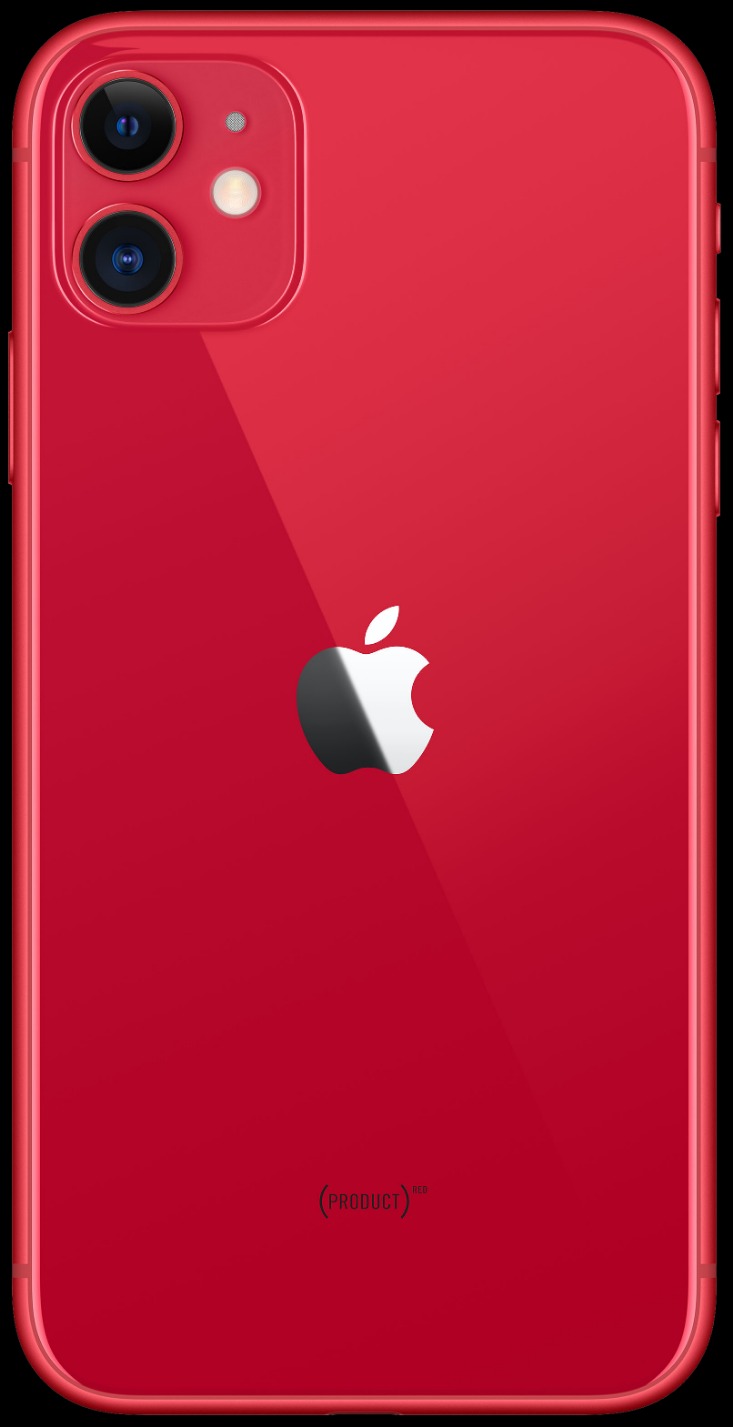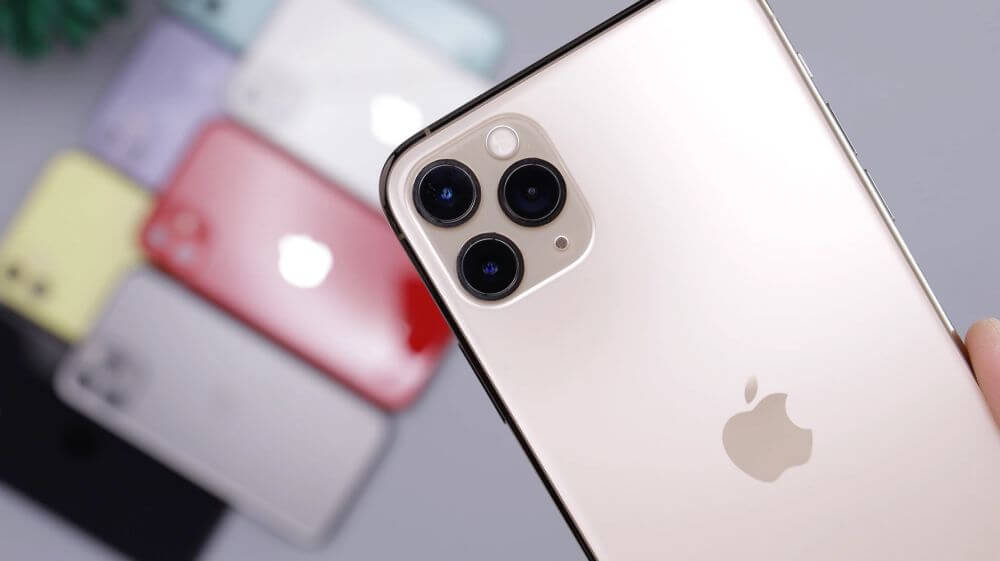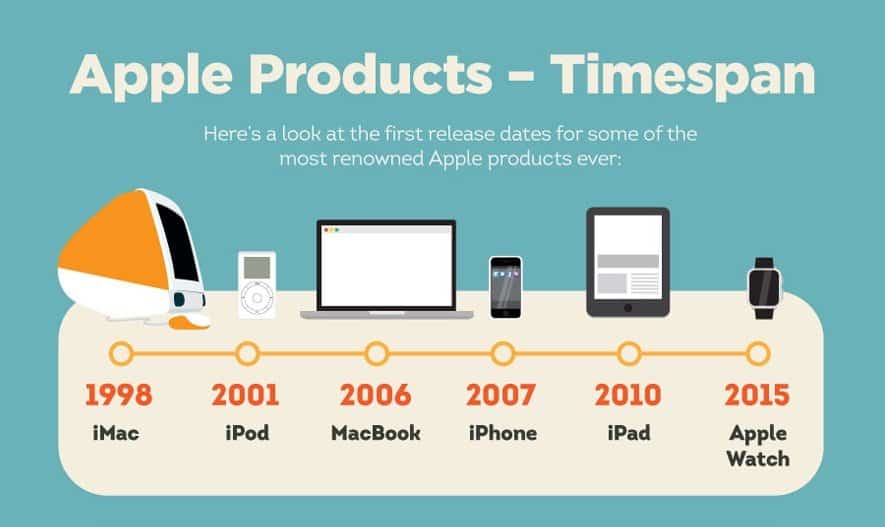The conversation around digital oversight often begins with a loaded phrase: spy apps for iphone. It evokes concerns about privacy, safety, and control in equal measure. While the market is saturated with bold claims and quick fixes, the real story on iOS monitoring is more nuanced, shaped by Apple’s security model, by law, and by the human relationships that technology affects.
What People Mean by “Spy Apps” on iOS
In everyday use, this label covers a spectrum. At one end are transparent tools designed for parental guidance or business device management. At the other are covert programs that promise invisible tracking of calls, messages, and locations. iOS’s architecture makes truly hidden, unrestricted monitoring extremely difficult without compromising a device, which creates legal and security risks of its own. Many “all-seeing” claims obscure those trade-offs.
Parental Control and Enterprise Management
Apple provides official paths for oversight: Screen Time for families, and Mobile Device Management (MDM) for organizations. These tools are designed to be visible to the user, require consent or policy acknowledgment, and work within iOS’s sandboxing rules. They support boundaries—like app limits, content filters, and location sharing—without pretending to be invisible.
Covert Surveillance Claims
Marketing for covert monitoring often implies access to encrypted chats, undetected microphone activation, or comprehensive logs with no device interaction. Such capabilities, if achieved, typically require actions that can violate terms of service, local laws, or both. They may also rely on techniques that expose the device owner to significant risk, including data theft and persistent compromise.
The Legal and Ethical Boundaries
Laws vary by jurisdiction, but a consistent principle applies: monitoring adults without their explicit, informed consent is often illegal and can carry severe penalties. For employers, clear policies and explicit acknowledgment are essential. For families, transparency helps build trust, and even guardians must comply with local regulations that protect minors’ data. Across contexts, consent isn’t a footnote—it’s the foundation.
Consent and Transparency
Make monitoring visible and mutually understood. State what is collected, why it’s collected, and for how long. Offer ways to review and appeal. With workers, confirm acknowledgment in writing. With teens, combine digital boundaries with conversations about respect and safety. In both cases, lighting the process defeats misconceptions and reduces conflict.
Data Minimization and Safeguards
Collect the least amount of data necessary to meet a legitimate purpose, store it securely, and delete it when no longer needed. Choose tools that explain their data practices in plain language, provide audit logs, and offer clear off-boarding steps. Over-collection increases liability and erodes trust.
Due Diligence Before You Act
Research with skepticism. Compare claims to what iOS technically allows, read independent reviews, and assess the legal posture in your region. You can explore market overviews of spy apps for iphone, then evaluate any option through the lenses of consent, legality, security, and necessity. If a product’s promises sound limitless and invisible, assume hidden costs.
Safer, Transparent Alternatives on iOS
Built-in features cover many legitimate needs. Screen Time supports app limits, content restrictions, downtime schedules, and communication safety features for children. Family Sharing and Find My offer location sharing with consent and clear indicators. For workplaces, supervised devices with MDM can enforce acceptable use without masquerading as covert tools. Before turning to third parties, check if these features already solve the problem ethically and effectively.
When Technology Isn’t Enough
Even well-chosen tools cannot replace relationships and policy. Families benefit from agreed rules and ongoing dialogue about digital life. Organizations benefit from training, clearly documented acceptable use, and proportionate monitoring aligned with legitimate business interests. In both contexts, restraint can be as powerful as capability.
Risks and Red Flags
Any product that pushes you toward jailbreaks, hidden configuration profiles, or credential harvesting raises immediate red flags. Jailbreaking degrades iOS security and exposes personal data. Undisclosed profiles can route traffic through third parties. Tools that request cloud passwords or backup access can open the door to identity theft. If you are considering spy apps for iphone marketing claims, ask how the software works, what exact permissions it uses, and whether the device owner is notified—then verify those answers.
A Practical, Ethical Checklist
First, confirm that your use is legal where you live and that you have explicit, informed consent when required. Second, prefer transparent, platform-sanctioned tools. Third, minimize the scope: collect only what is needed for a specific, defensible purpose. Fourth, secure any collected data with strong authentication and limited access. Fifth, ensure a clean exit: an easy way to revoke permissions, delete data, and remove the tool. Finally, revisit the decision regularly; needs and norms change over time.
Looking Ahead
Apple continues to invest in privacy and security enhancements that narrow the space for covert tracking. As the platform evolves, solutions that align with transparency, consent, and data minimization will outlast those that rely on secrecy. If your goal is safety, accountability, or productivity, choosing methods that respect autonomy will deliver better long-term outcomes than chasing the next invisible solution marketed as spy apps for iphone.
In the end, technology works best when it reinforces trust rather than undermines it. The smartest approach balances legitimate oversight with dignity, clarity, and restraint.



